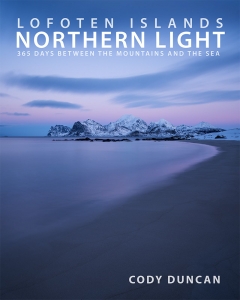Friday Photo #395 – Sunset Season

Photo: Bright sunset/sunrise at Uttakleiv beach, Vestvågøy, Lofoten Islands, Norway. July 26, 2020. 02:43
With the sun finally sinking below the sea again in late July the sunset season on Lofoten begins – with potential for hours-long shows of the slow transition between sunset and sunrise in the northern sky. Some years can be better than others however, and for the previous couple summers, nice colorful nights seemed to be few and far between. This you though is making up for that! For the past week it’s been impossible to sleep as the sky has been exploding with color each night!
The sunsets have been good enough even for me to battle to summer crowds and parking fees at Uttakleiv on several occasions – they were still out collecting money at midnight this week! Though for this photo taken in the early morning hours, I was the only one up and photographing – with everyone else fast asleep in the 40+ tents on the grassy dunes above the beach. And I’ve found that to be true for most of the nights this week. There are few ‘photographers’ around and most ‘normal’ tourists seem to keep regular 9-5 travel hours – or to say, the days can feel quite crowded at times, but the nights are almost completely empty of people. Twice now at Uttakleiv I’ve been the only tripod out for fantastic sunsets.
If this light had occurred in winter, there would no doubt been a hundred tripods lined up across the beach. I do find it strange that Lofoten is largely ignored as a summer photography destination – maybe it is just the northern lights of autumn/winter that is the biggest draw? Or maybe since most photographers live at moderate latitudes they asocial summer with 03:00 alarm clocks? I don’t know. But as far as light goes – I’m not sure any other time of year can beat the potential of late July’s twilight nights.
Camera Info:
Nikon D850
Nikon 24mm f/3.5 tilt-shift
24mm
ISO 100
f 8
8 seconds
WB Daylight
6 stop Breakthrough Photography ND filter
2 images – top, bottom for 1:1 composition








